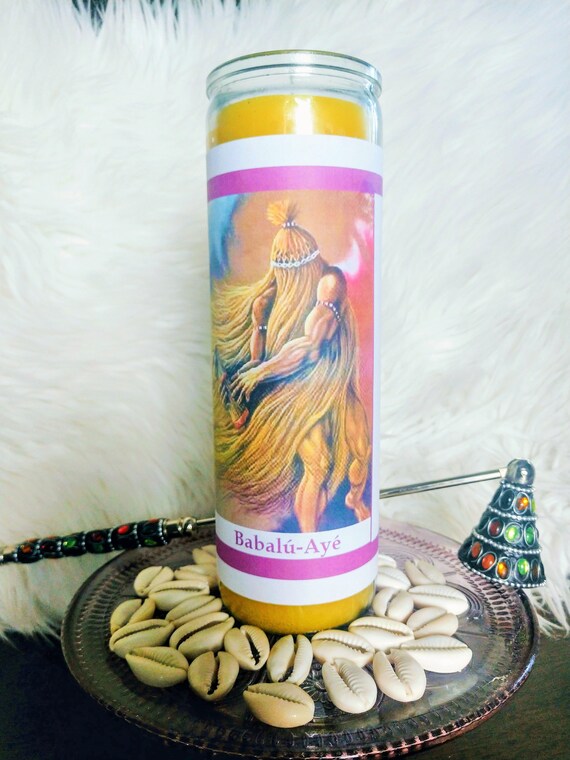Babalú-Ayé, also known as Obaluaiye, is one of the orishas in the Yoruba religion of West Africa. He is considered the spirit of the Earth and is strongly associated with infectious disease and healing. Babalú-Ayé is one of the most feared and revered orishas in the Yoruban tradition [4]. In this article, we will explore the history, attributes, and significance of Babalú-Ayé in the Yoruba religion.
The History of Babalú-Ayé
Babalú-Ayé’s name is derived from the Yoruba words “Obalúayé,” which means “king of the earth.” According to Yoruba mythology, Babalú-Ayé was once a powerful king who was struck down by a disease that left him covered in sores. He was forced to flee his kingdom and live in isolation in the forest [1]. Over time, he became known as the orisha of infectious diseases and healing.
Babalú-Ayé is often depicted as a man covered in sores, wearing a raffia skirt, and carrying a staff. He is also associated with dogs, which are believed to be his messengers [2]. In some traditions, he is also associated with crutches and bells.
The Attributes of Babalú-Ayé
Babalú-Ayé is viewed as compassionate and humble, although he can just as easily cause infections as cure them. He is called upon by beggars, the sick, and the disabled for healing. Babalú-Ayé is believed to have the power to cure any disease, no matter how severe it may be [2].
One of the most significant attributes of Babalú-Ayé is his association with the earth. He is believed to be the orisha of the soil and is often called upon to bless crops and ensure a bountiful harvest. He is also associated with the night and is said to hide during the day between ivy, cundeamor, and coral to protect himself from the sun [5].
The Significance of Babalú-Ayé
Babalú-Ayé is an essential figure in the Yoruba religion. He is believed to be one of the orishas who can communicate directly with Olodumare, the supreme creator god. As such, he is often called upon to intercede on behalf of his followers and to bring healing and protection [3].
In some traditions, Babalú-Ayé is also associated with death and rebirth. He is believed to have the power to bring people back from the brink of death and to help them transition into the afterlife. As such, he is often called upon during funerals and other rites of passage [4].
Babalú-Ayé in Santeria
Babalú-Ayé’s influence has spread beyond West Africa and into other parts of the world, including Cuba and Brazil. In Santeria, a syncretic religion that combines elements of Yoruba religion with Catholicism, Babalú-Ayé is often associated with Saint Lazarus [1].
In Santeria, Babalú-Ayé is considered one of the most powerful orishas. He is believed to have the power to cure any disease, no matter how severe it may be. As such, he is often called upon by those who are suffering from serious illnesses or disabilities [4].
Conclusion
Babalú-Ayé is an essential figure in the Yoruba religion. He is the orisha of infectious diseases and healing and is associated with the earth, the night, and death and rebirth. His influence has spread beyond West Africa and into other parts of the world, including Cuba and Brazil, where he is often associated with Saint Lazarus. Babalú-Ayé is a powerful and compassionate orisha who is called upon by his followers for healing and protection.
